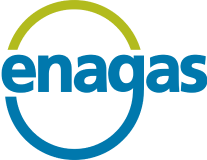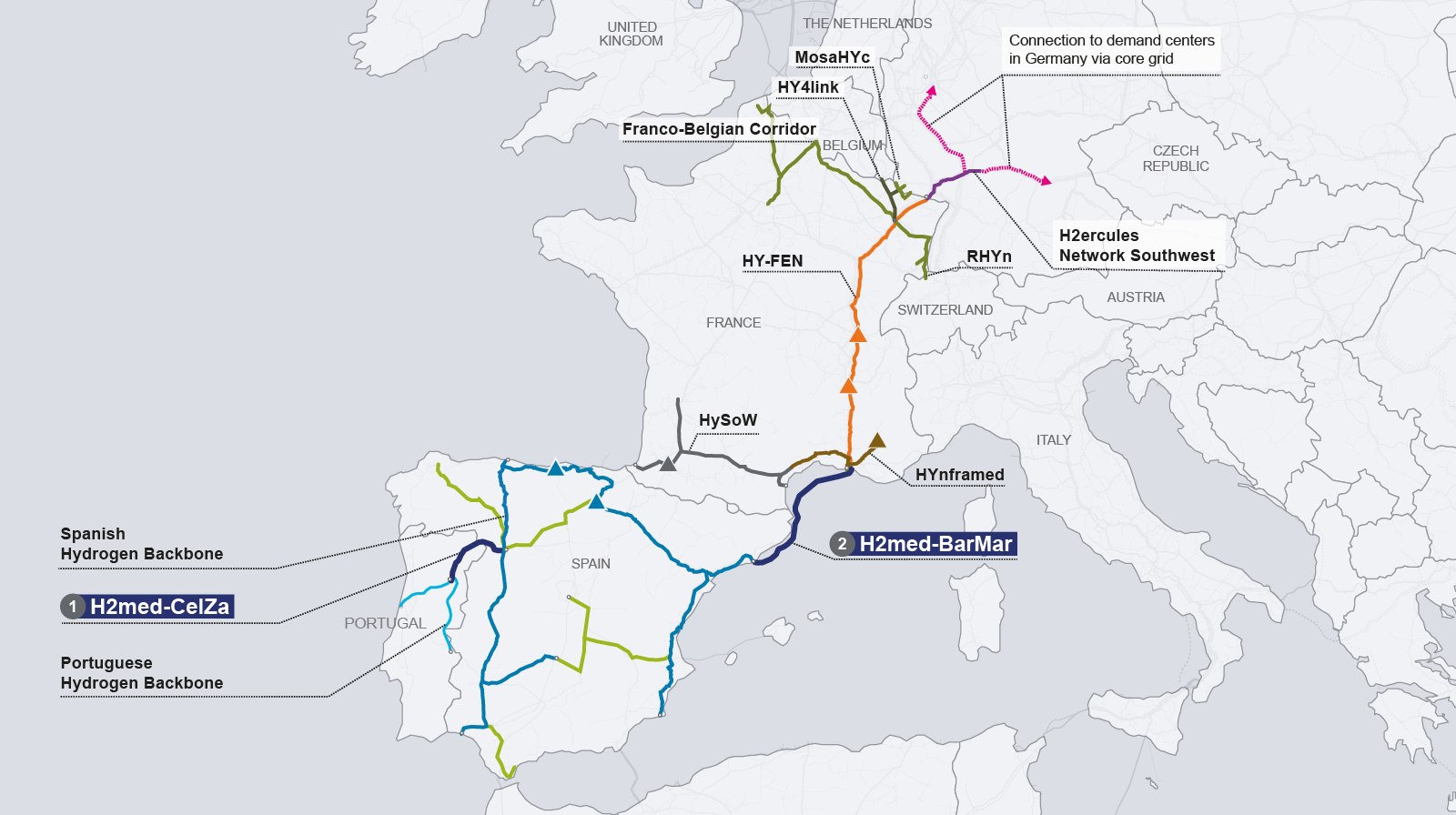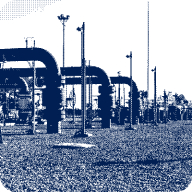BarMar: Green Hydrogen Link Between Spain and France
BarMar is part of the H2med project.
BarMar is a 400 km offshore pipeline project that will connect Barcelona (Spain) to the industrial hub of Fos-sur-Mer, near Marseille (France). The aim of this project is to create a major corridor for exporting hydrogen produced in Portugal and Spain from renewable energy sources (essentially solar and wind) at competitive costs, to the French hydrogen backbone—connected in turn to hydrogen infrastructure being developed in Germany and the rest of northwest Europe.
BarMar Project Objectives
The BarMar project is part of the European Union’s ambition to become the world’s first climate-neutral continent, as outlined in the European Green Deal adopted in January 2020. This policy targets a 55% reduction in net greenhouse gas emissions by 2030 while maintaining industrial competitiveness.
Renewable hydrogen plays a central role in this transition as a key energy carrier.
The BarMar project aims to establish a pipeline for importing decarbonised hydrogen from the Iberian Peninsula to France, contributing to the competitiveness of green energy imports.
The BarMar Project: A Pipeline to Transport Green Hydrogen Between Spain and France
BarMar will have a transmission capacity of 2 million tonnes of hydrogen per year (MTPA). This strategic project aims to connect three key regions in the energy transition:
- Iberian Peninsula:
Portugal and Spain are significantly increasing their renewable energy production capacities (solar and wind) and plan to export over 1.6 million tonnes of hydrogen annually by 2030,reaching full BarMar capacity as of 2032, according to the results of the Call for interest launched in November 2024 - France:
France aims to develop national hydrogen transport network . BarMar will connect four major branches of this network: HY-FEN, HYnframed, MidHY, and HySoW. - Germany:
The decarbonisation of German industry is a European priority. Germany could import 1 million tonnes of hydrogen per year by 2035, and up to 1.6 million tonnes by 2040.
“The H2med project is exactly the right direction. It can help us build a European backbone for hydrogen transport.
We strongly welcome this initiative as a project of common interest. The Iberian Peninsula will become one of the main energy hubs of the European Union.”
Ursula VON DER LEYEN
President of the European Commission
Med-9 Summit, Alicante, December 9, 2022
BarMar Key Figures & Technical Data
| BarMar | |
|---|---|
| Pipeline | |
| Length | 400km |
| Diameter | 42” |
| Maximum depth | Up to 120m |
| Operating pressure | Up to 100 bars |
| Compressor station | |
| Power | Up to 60MW |
| Maximum transmission capacity | 2 Mt per year |
| Budget | ≅ 2,135 M € |
The routes

- 400 km of pipeline length
- 2 MTPA (million tonnes per annum) of transmission capacity
- ≈ €2,135 million budget
- Target commissioning: 2032
Project Owners
Project timeline

You may also be interested in…
What’s on the news ?
-
01 Dec 2025
H2med project PCI status renewed in the European Commission’s Projects of Common Interest Delegated Act proposal; H2 corridor dynamic confirmed
![]()
-
18 Nov 2025
H2med project successfully completes geophysical prospecting campaigns and achieves technical feasibility for the BarMar project
![]()
-
24 Sep 2025
In Berlin, Expanding H2med Alliance Meets to Accelerate the Deployment of the Most Advanced European Hydrogen Corridor with Key Political Support
![]()







